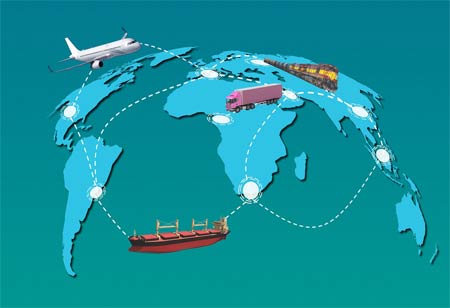THANK YOU FOR SUBSCRIBING
THANK YOU FOR SUBSCRIBING

By
Logistics Transportation Review | Thursday, October 10, 2024
Stay ahead of the industry with exclusive feature stories on the top companies, expert insights and the latest news delivered straight to your inbox. Subscribe today.
Modern clients want continuous updates on their goods, placing transportation businesses under pressure to provide real-time tracking tools. Firms that fail to satisfy these standards risk losing business to more technologically savvy competitors
Fremont, CA: As we approach 2024, the trucking sector faces complex problems and opportunities. While freight demand remains strong, trucking businesses must deal with developing concerns that affect their operations and profitability. Here are some of the significant problems that will shape the transportation sector this year.
Fuel Price Volatility
Trucking companies continue to struggle with fluctuating gasoline costs. Each price increase reduces company margins and complicates expense predictions. Many organizations are turning to modern Transportation Management Systems (TMS) that include fuel optimization capabilities to tackle this. These technologies use real-time data to recommend fuel-efficient routes and measure use, allowing fleets to manage the volatile fuel market more successfully.
Ongoing Driver Shortage
The business continues to need more competent drivers. This shortage stresses operations, potentially resulting in supply delays and financial losses. Progressive firms are tackling this issue by implementing TMS systems to improve driver satisfaction. Improved route design, simpler payroll systems, and better communication tools can all help to increase driver retention rates.
AI Integration in Fleet Management
Artificial intelligence is quickly altering fleet operations, creating both benefits and difficulties. While shifting to AI-powered systems can be difficult, several TMS providers have already implemented AI capabilities into their platforms. This connection can reduce dispatch and driver teams' workloads by optimizing routes, improving load planning, and providing predictive insights.
I agree We use cookies on this website to enhance your user experience. By clicking any link on this page you are giving your consent for us to set cookies. More info





